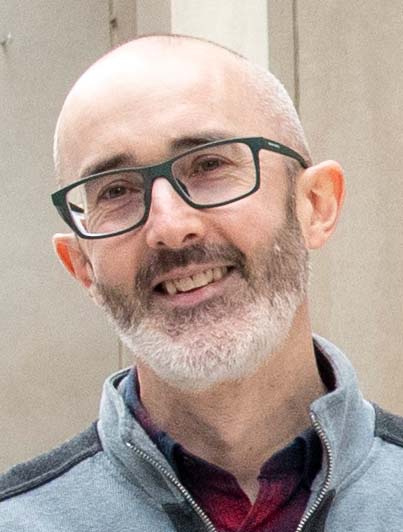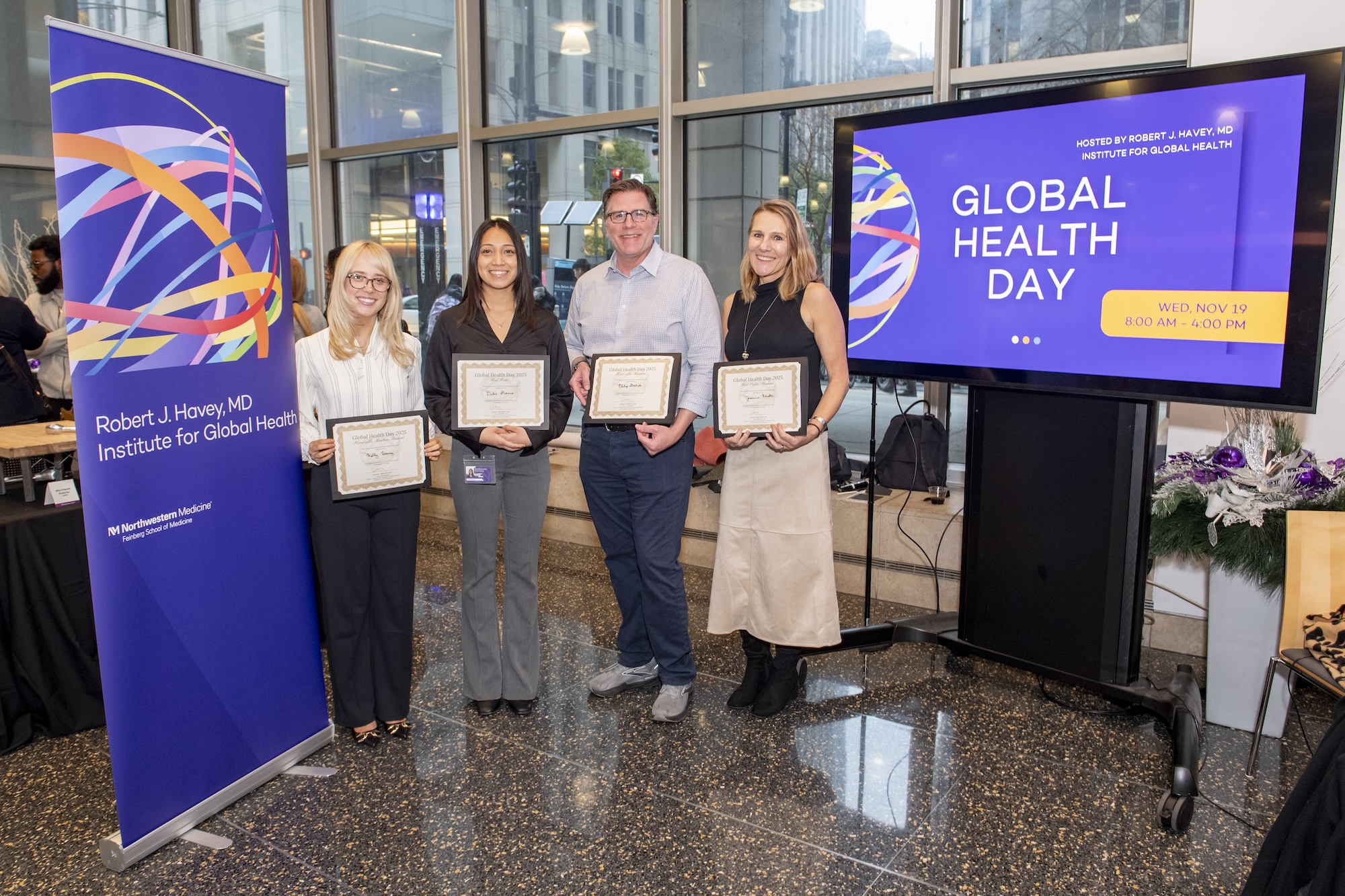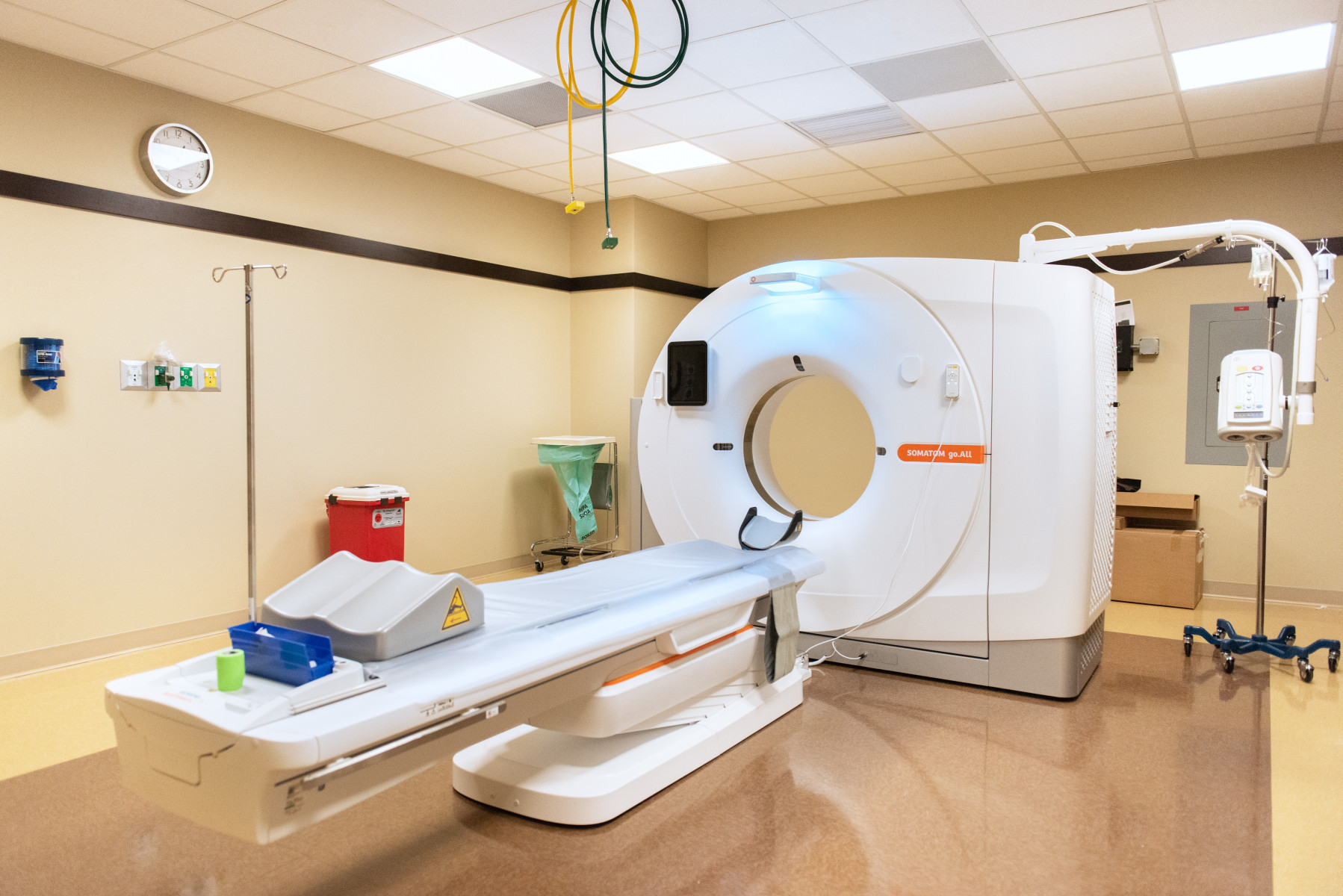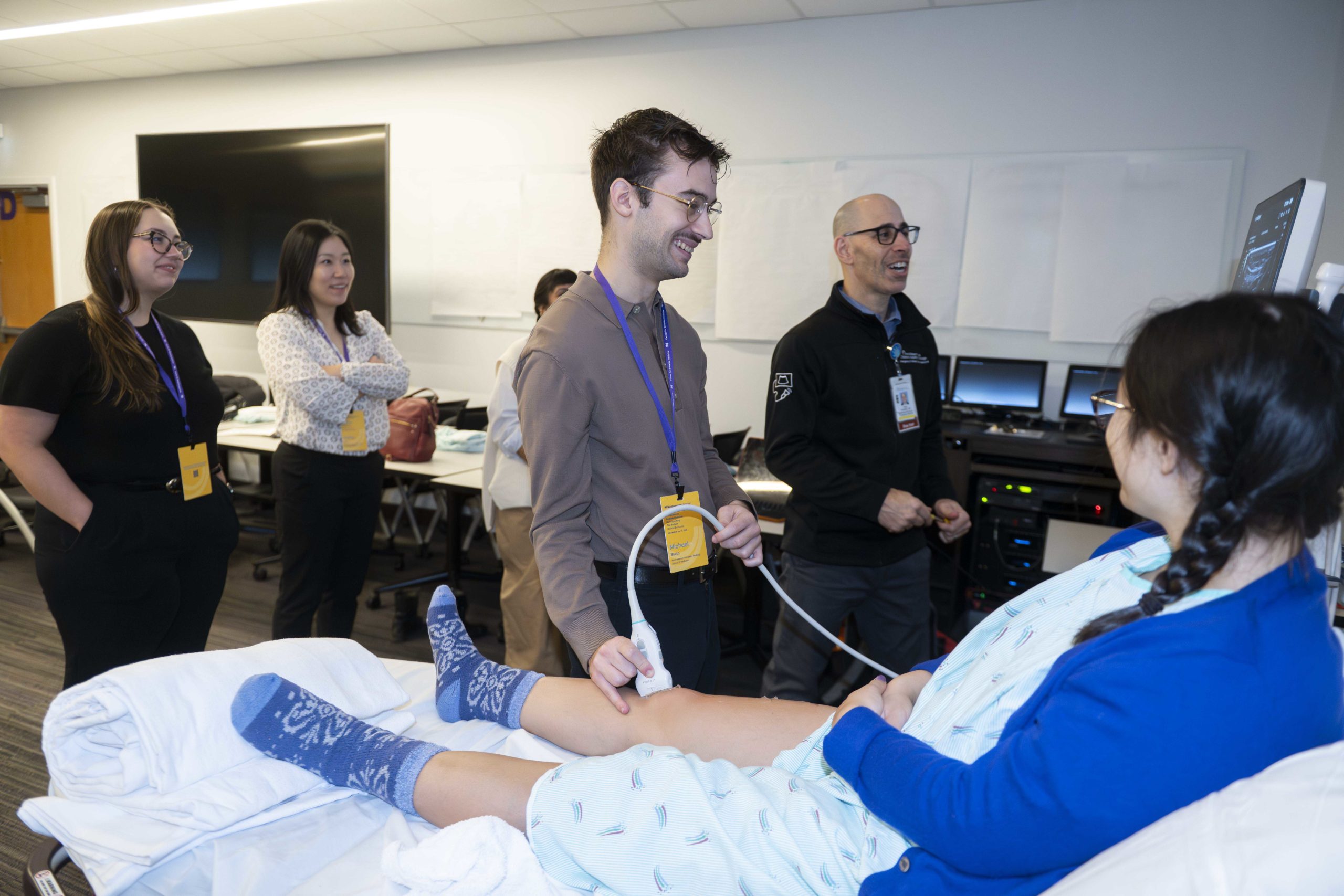
Northwestern Medicine scientists have discovered how a common virus linked to birth defects and chronic illness manipulates its host’s DNA, according to a new study published in Nature Communications.
Human cytomegalovirus (HCMV) is a common virus that infects people of all ages. In the U.S., nearly 1 in 3 children are already infected with CMV by age 5 and over half of adults have been infected with HCMV by age 40, according to estimates by the Centers for Disease Control and Prevention. While most people with HCMV show no symptoms, the virus can trigger brain, liver, spleen, lung and growth problems.
“Human cytomegalovirus is a widespread virus associated with congenital birth defects and several other serious conditions,” said study senior author Derek Walsh, PhD, professor of Microbiology-Immunology. “It also has a very unusual replication cycle that spans 5 to 10 days, during which it extensively remodels the cell.”
To better understand how the virus reshapes infected cells, Walsh and his collaborators used leading-edge genomic tools to map how HCMV manipulates the three-dimensional organization of chromosomes. Through chromatin conformation capture (Hi-C) and nascent transcriptomics, they discovered that the virus causes widespread disorganization of chromatin interactions and compartment formation, while also inducing abnormal gene expression.
This remodeling includes the creation of a novel microtubule-organizing center that rotates the nucleus, according to the study.

“In previous research, we found that the virus does this to spatially separate host chromatin from viral DNA replication centers,” Walsh said. “But we still didn’t know what was happening at a genetic level.”
Next, the scientists analyzed the virus’s behavior in cultured human cells following infection. Led by Celeste Rosencrance, a student in the Driskill Graduate Program in Life Sciences (DGP) who was first author of the study, the analysis found that the virus prefers to replicate in euchromatic regions—areas of the genome that are less densely packed and more transcriptionally active.
“Microtubule pulling forces help to move denser chromatin out of the way to optimize how the virus creates nuclear replication spaces,” Walsh said.
While these mechanical forces don’t seem to influence the broader disruption of chromatin or transcriptional control, they do regulate smaller-scale interactions — specifically how viral DNA interacts with host chromatin.
The new insights not only deepen scientific understanding of HCMV’s impact on cellular architecture and gene expression but also open new avenues for antiviral strategies targeting the virus’s ability to physically and genetically rewire host cells.
“People often don’t consider that the nucleus is like an anvil,” Walsh said. “As the largest organelle in the cell, it’s a major barrier to cell migration. We’re learning that the virus exquisitely manipulates these processes.”
Looking ahead, Walsh’s laboratory will explore how microtubule mechanics contribute to nuclear movement during later stages of infection as cells begin to migrate.
The study was supported by the National Institute of Allergy and Infectious Diseases of the National Institutes of Health under grant number R01AI141470.






